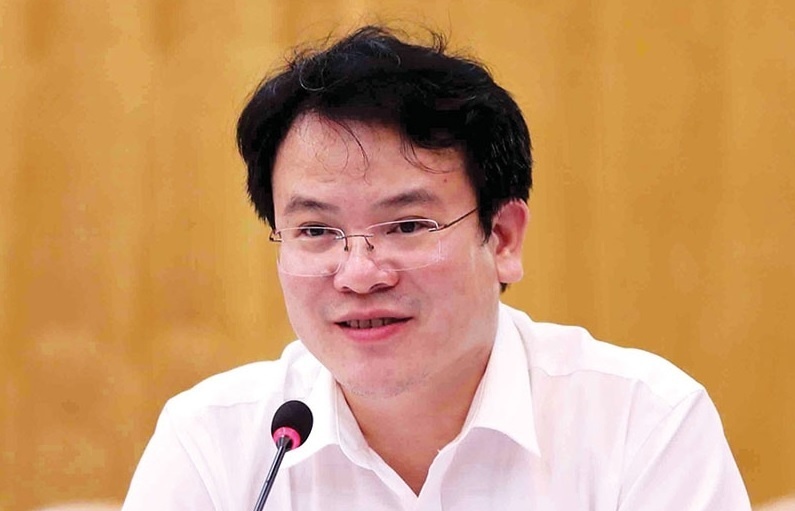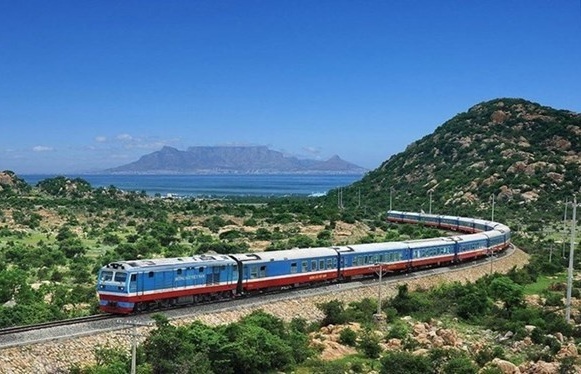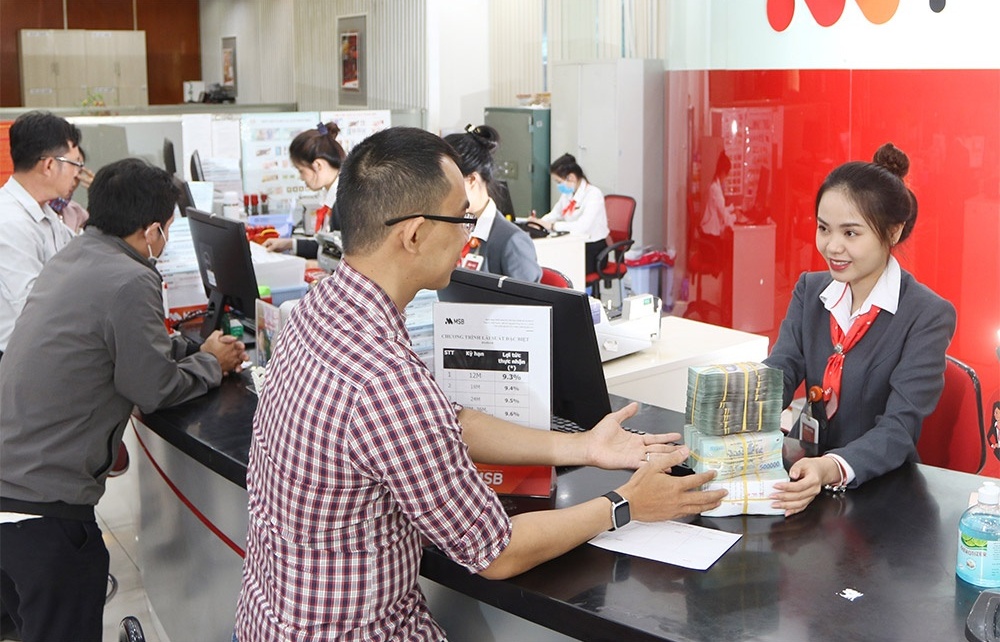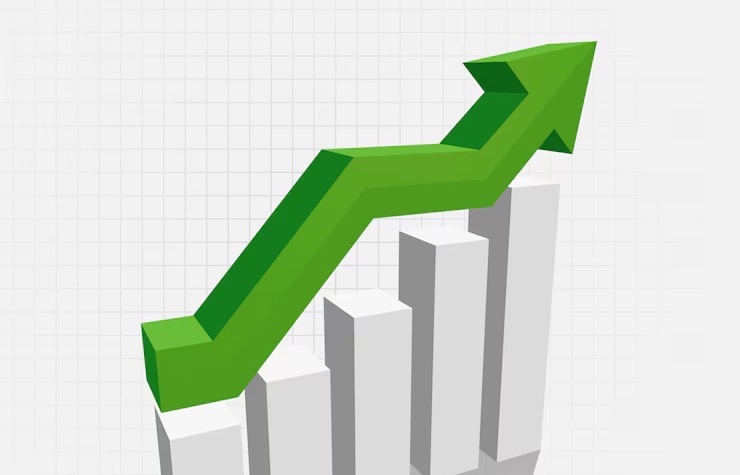Southern economic engine to rev up
It will target service and industrial growth, human resources improvements and better urbanisation planning to help retain its growth.
According to Ho Chi Minh City's 9th Party Congress held last week, the city wants an average annual gross domestic product (GDP) growth rate of 12 per cent within 2011-2015, higher than the 11 per cent plus during 2006-2010.
The service sector will pose the highest average annual value-added growth of 13 per cent, followed by industrial and construction sector with 11 per cent and agriculture at 5 per cent. The city also envisages that services will account for 57 per cent of its GDP in 2015 from 54 per cent recently, the industrial sector 42 per cent against present 44.8 per cent and agriculture a mere 1 per cent. GDP per capital is forecast to increase from $2,800 estimated this year to $4,800 in 2015.
To help reach the ambitious targets, the city has also proposed six breakthrough programmes dealing with human resources, administrative reform, economic structure reform, traffic jams and inundation and environment pollution.
Ho Chi Minh City's Party secretary Le Thanh Hai said at the congress’ opening ceremony that "the city will mobilise resources to further speed up economic restructuring, develop infrastructure and human resources, and protect the environment to achieve sustainable development in the years to come."
Ho Chi Minh City recently contributed some 20 per cent of Vietnam's total annual GDP and is speeding up to finish 2010 with a GDP growth rate at above 11 per cent.
Hai said more than 120,000 new jobs would be generated annually during the next five years compared to nearly 118,000 a year during 2006-2010 and the number of trained workers would make up 70 per cent of the city's workforce, up 15 per cent points. This is one of the city’s focuses to develop the human resource, especially skilled employees for technology-based and high value-added industries.
The city's Party secretary said Ho Chi Minh City would give priority to the development of financial and banking, commerce, transportation, warehousing, port services, post and telecommunications, ICT industry, real estate, consulting services, science and technology, tourism, health, and education and training.
"Environmental protection will also be specially attended to," Hai said, adding that Ho Chi Minh City would strive to improve green production and development quality, and considered these as among the top prioritised programs.
By the end of 2015, the city will have concentrated waste water treatment systems at all the local industrial zones and will be able to collect and treat all types of solid waste.
Infrastructure woes will also be addressed. Hai said the city would boost infrastructure development with the focus on public transport means, including urban railway projects, expressways, beltways to connect the city with the Mekong Delta and other regions.
Attending the session, Vietnam's Party General Secretary Nong Duc Manh said that the city should try its best to lead the southern key economic region with higher growth than the country's average and become an economic, financial and trade hub of the country and South East Asia.
He applauded the city's GDP target of 12 per cent and pointed out that the city still saw some shortcomings such as slow economic restructuring, low-quality growth and competitiveness, overloaded urban traffic infrastructure and weaknesses in urban planning and management.
Ho Chi Minh City's GDP and industrial growth rate has lagged behind its target during 2006-2010 with human resource quality being far from meeting development and integration requirements.
The city's 9th Party Congress in a crucial part of the city's preparation for the 11th National Congress of the Communist Party of Vietnam scheduled to take place in January, 2011.
The congress will review and finalise the programme on national growth during the transitional period to socialism, review the implementation of the 10-year socio-economic development strategy during 2001-2010, and draw up another 10-year strategy for 2011-2020 period.
What the stars mean:
★ Poor ★ ★ Promising ★★★ Good ★★★★ Very good ★★★★★ Exceptional
Related Contents
Latest News
More News
- Mitsubishi Estate launches Logicross Hai Phong - a milestone in logistics evolution (November 20, 2024 | 14:32)
- Semiconductor workforce partnerships deliver industry-relevant training (November 20, 2024 | 10:58)
- German Quickpack to invest $31.7 million in Long An province (November 20, 2024 | 09:31)
- Foreign-invested enterprises drive logistics investment in the southeast region (November 20, 2024 | 09:27)
- Chile visit underscores trade benefits (November 19, 2024 | 10:00)
- Trump’s second term impacts sci-tech activities and industry 4.0 technologies (November 18, 2024 | 10:00)
- Vietnam eyes nuclear revival to bolster energy security (November 14, 2024 | 16:46)
- Kyokuyo completes $13.5 million seafood factory in Vietnam (November 14, 2024 | 12:19)
- VinFast receives $3.5 billion funding from Vingroup and Pham Nhat Vuong (November 14, 2024 | 06:38)
- Localities sprint to reach FDI targets (November 13, 2024 | 10:00)


 Tag:
Tag:




















 Mobile Version
Mobile Version